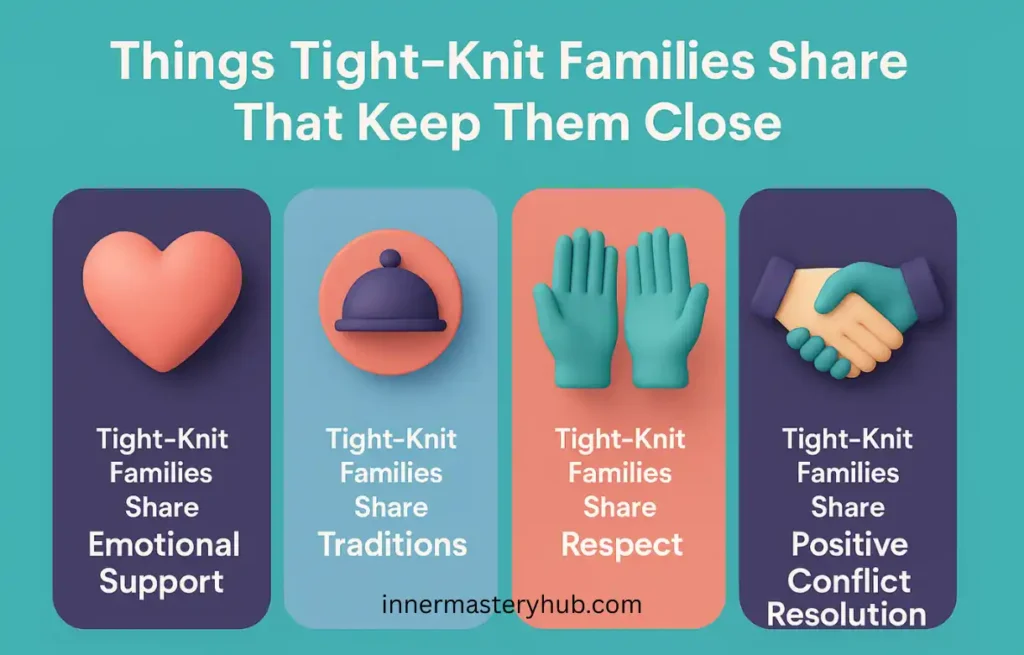Adapting Traditional Classrooms to Virtual Learning Environments

If you watch today’s landscape of education, you will find it to be shifting rapidly. Nowadays, children have become adept at virtual learning, and it has emerged as a vital aspect of the educational system. Students are adapting themselves to virtual learning.
Hence, it has become essential to ensure that they receive a good-quality education. The best thing about a virtual learning environment is children can attend virtual classes regardless of their physical location.
The evolution of a traditional classroom
For a long time, traditional classrooms have been the primary means of education, and they have evolved to adopt different methods and structures of teaching that cater to the requirements of learning in an effective way.
The limitations
Traditional teaching methods have several limitations, unlike buying proxies. People prefer to purchase hundreds of proxies from a secure platform because it provides anonymous and secure proxies. A traditional teaching method is commonly centred on face-to-face instruction, textbooks, and the physical presence of both teachers and students.
Therefore, they have some limitations. Traditionally, the teaching method often caters to students with similar learning styles but may not accommodate diverse learners. Most often, traditional classrooms fail to offer personalized attention to students. As a result, students find it challenging to keep themselves updated with the fast progressions in technology.
An overview of virtual learning
Also known as online education or distance learning, virtual learning utilises digital technology to deliver educational content to students remotely. Virtual learning never fails to offer flexibility to students so that they can access learning materials well.
When students engage in this type of learning, they can interact with their peers and instructors at any time, regardless of their location. Virtual learning employs various methods, including online discussions, live-streamed lectures, interactive simulations, and multimedia presentations.
Pros of virtual learning
Students opt for virtual learning because it presents many benefits that surpass those of traditional classrooms. Virtual learning allows students to enjoy self-paced learning. Thus, they empower students to customize their education to cater to individual requirements as well as learning styles.
The most remarkable thing about virtual learning is it breaks down geographical barriers. Thus, every student, including those who live in remote areas or have mobility issues, can access this learning effectively.
Virtual learning supports information literacy, independence, and the growth of digital skills in students, and these are vital in the vast world of interconnection.
The role of technology
Technological progressions play a vital role in escalating the demand for virtual learning. The advancement of the internet, besides the development of various learning management systems, has transformed the landscape of education.
Collaborative software, video conferencing tools, and cloud-based platforms are examples of technologies that have been successful in transforming the way education is received and delivered.
The role of virtual learning platforms and tolls
Different virtual learning platforms and tools have evolved, each with its unique functionalities and characteristics. Some effective learning management systems, such as Canvas and Moodle, offer a centralised hub for assignments, discussions, and course materials.
Some content creation tools, including Nearpod and Kahoot, enhance student engagement through multimedia presentations and interactive quizzes.






